In order to reduce the large impact force on the human body caused by the Tesla vehicle itself during a braking incident, this device is equipped with a vertical shock absorber and a horizontal shock absorber.
Furthermore, when the Tesla brakes fail, the drive device can begin to operate, thereby driving the connecting rod to work. Since there is a predetermined angle between the connecting rod and the connecting plate when not in a collision state, when the vehicle crashes, the connecting rod and the connecting plate are in a horizontal state, thereby offsetting the force in the vertical direction. Meanwhile, during a collision, the horizontal shock absorber begins to function, allowing it to perform reciprocating motion along the length of the connecting plate. Because the horizontal shock absorber is equipped with at least two sets of shock-absorbing springs and a hydraulic shock absorber, it can counteract the horizontal impact force during a collision.
In the event of a collision, this structure can protect the occupants in the vehicle, ensuring the driver’s safety.
Compared to traditional shock absorption mechanisms, this device can offset at least one set of mutually perpendicular forces, thus avoiding collisions between the driver and the vehicle. Furthermore, compared to traditional hydraulic shock absorbers, the structure of this device is simpler and less prone to damage.
This device includes case packages in stp format, which can be directly opened by most sw software without conversion.
The device also includes case packages in CAD format, which do not require downloading personnel for conversion.
Specification: A Tesla Chassis Capable of Autonomous Shock Absorption
|
User Reviews
Be the first to review “A Tesla Chassis Capable of Autonomous Shock Absorption”
You must be logged in to post a review.







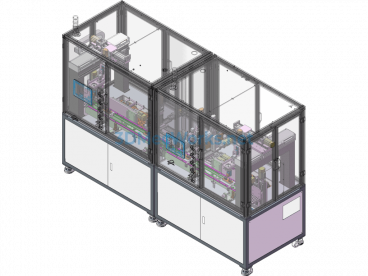
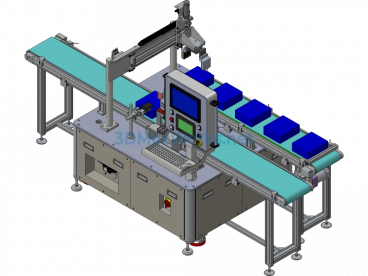
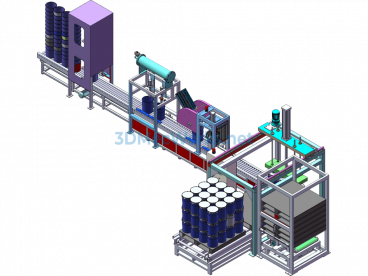
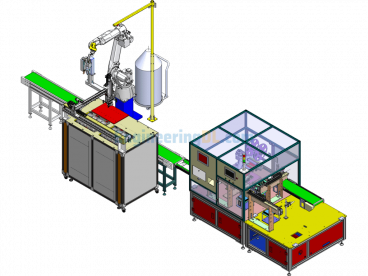

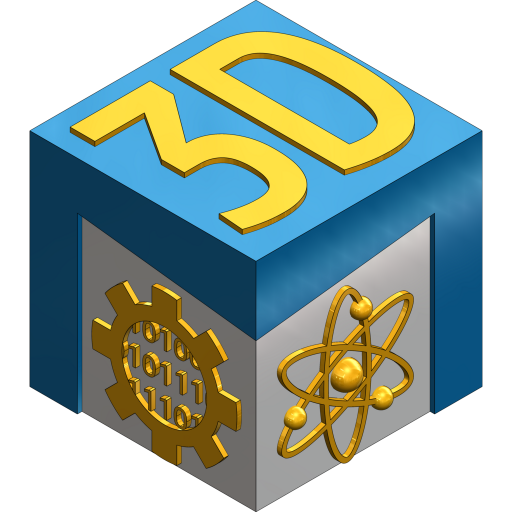
There are no reviews yet.